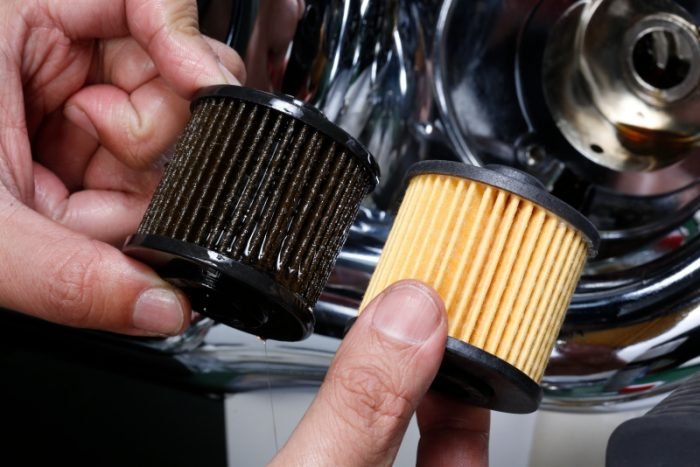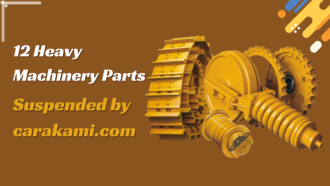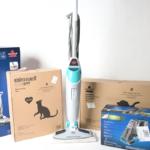Everything About DIY Oil Filter Replacement
- 1 Product requirements
- 1.1 Design features
- 1.1.1 The oil filter consists of:
- 1.1.2 Valves:
- 1.2 The order of work
The engine oil filter is designed to remove dirt and abrasive particles from engine oil that can cause increased wear of rubbing parts. The quality of cleaning determines the interval for changing the lubricant and the service life of the power unit. The oil filter is usually changed simultaneously as the oil is changed, but this is far from a mandatory requirement. Sometimes, when there are oil leakage issues, you need to open the whole engine apart to fix the problem. When opening the engine, a mechanic will replace the head studs if required. You should always check that your mechanic uses high-quality head studs, like LB7 Head studs.
You do not always need to contact a car service to replace this part; many drivers cope with this task independently. How is an independent oil filter replacement performed, how often, and what tools will be required for this?
Product requirements
For effective operation, the oil filter must have:
- Sufficient dirt holding capacity. The ability to retain and accumulate a significant amount of contamination depends on the size of the filter element and determines its service life;
- The necessary fineness of screening out contaminants. The pore size of the filter element determines this parameter;
- Low hydraulic resistance. This is necessary for a more accessible supply of thickened oil to rubbing parts during cold engine start;
- A strong body and a reliable seal protect against mechanical stress during increased pressure in the lubrication system.
The oil filter traps impurities, which, depending on the origin, can be:
- Organic, which is formed as a result of incomplete combustion of fuel and “waste” of oil;
- Inorganic. Dust and small metal chips inevitably form during running-in and engine operation.
Design features
The oil filter consists of:
- From the body where the rest of the components are located, By the type of construction, the case can be non-collapsible (the most common model) and collapsible (less convenient to maintain);
- The filter element is usually made of corrugated paper impregnated with resins and is characterized by high strength, porosity, water, and oil resistance. Due to the unique stacking of paper, the maximum possible filtering surface area is achieved;
Valves:
- Bypass – to supply oil to the system when it cannot pass through the filter element due to its excessive contamination or for other reasons;
- Anti-drainage – to stop draining oil into the crankcase after stopping the engine;
- Anti-drain, which is needed to protect against the spill of lubricant when replacing the filter.
- A seal in the form of a rubber gasket.
- Some of the valves may not be designed.
The order of work
To replace the oil filter, you will need:
- Special wrench or puller for removing the filter.
- Wrench for the drain plug on the crankcase.
- Container for collecting waste material.
- Gloves, rags.
This is how car owners can replace the oil filter without going to a car service centre, saving tons of money. We hope this article was helpful.

















